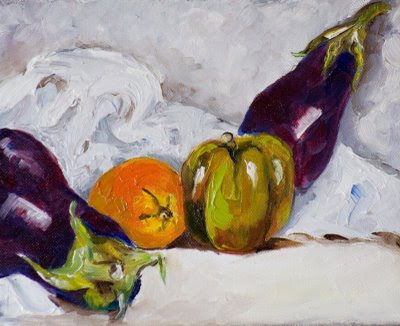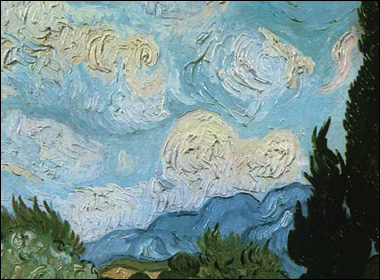
What is impasto? Impasto is an art term used to describe thickly textured paint that is almost three-dimensional in appearance.
Using an impasto technique often leaves visible brush strokes in the finished painting. Many times those brush strokes are actually more important than the subject matter itself.
You could almost say impasto is a type of sculpture,but for painters and on a canvas.I love to move the butter paint around with my palett knife
For example, if you see a painting and you are not sure whether the artist has used impasto technique, just look at the painting from the side. Check for globs of paint sticking out from the canvas. That's impasto.
From the front, impasto paint is highlighted by whatever natural light is in the room (since it sticks out so much) and with heavy impasto you’ll be able to see shadows underneath the paint too.
Unlike wet-on-wet blending techniques, impasto really makes a physical statement, which is why you'll find it most often in expressive, abstract works.
That why I sometimes call my work impressionism/expressionism.
You see, impasto has been around for a long time, Van Gogh used impasto for it's expressive qualities. Before Van Gogh, artists would build up layers of paint to add realism to their work, making objects appear more three-dimensional.
But Van Gogh was different. He used impasto to gave weight to his brilliant colors, movement to his skies, and emotion to his landscapes.
Check out this detail of Van Gogh’s Wheat Field with Cypresses.

He could have painted with the exact same colors without the impasto, but what would have happened? There would have been no movement, no feeling in the painting. No Van Gogh.
If you’re an artist, impasto’s not too tricky to do yourself.
Mostly it involves loading up your brush or painter’s knife with more paint than you’d normally need. Then, instead of “dying” or “scrubbing” the canvas with color, just let the paint squish onto the canvas and sit there.
You don’t want to fiddle with any one spot too much, otherwise you’ll lose that three-dimensional quality by overworking the paint.








No comments:
Post a Comment